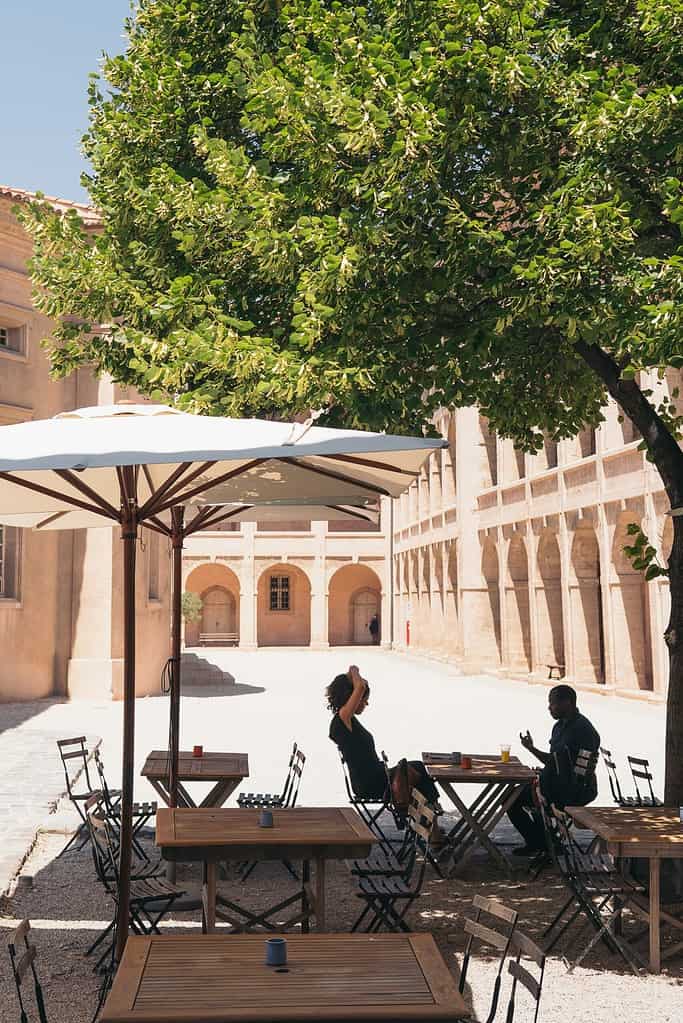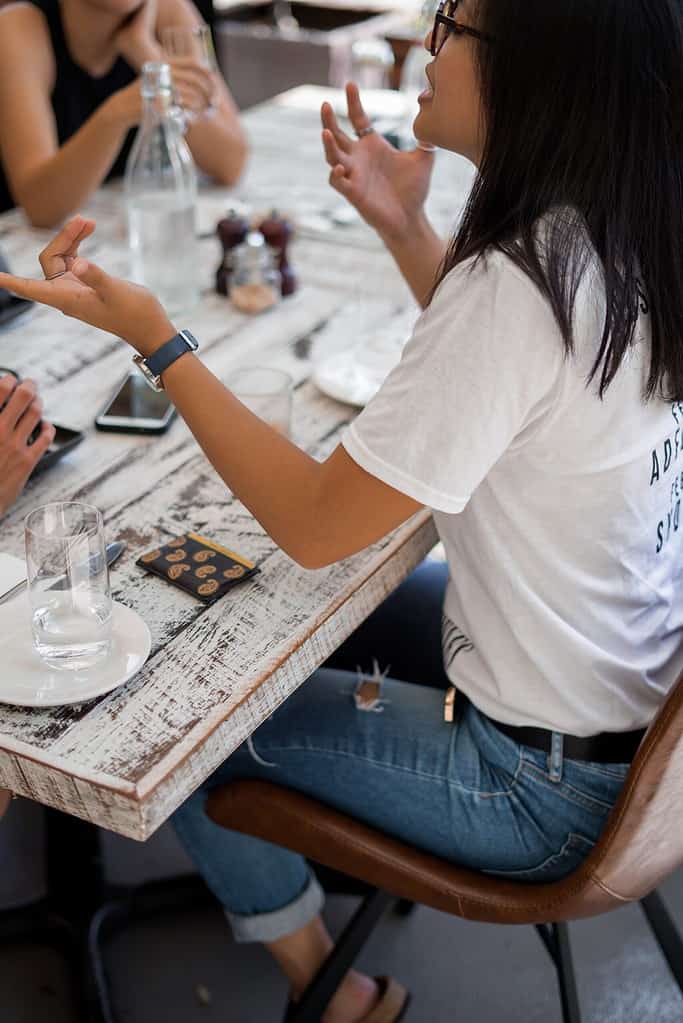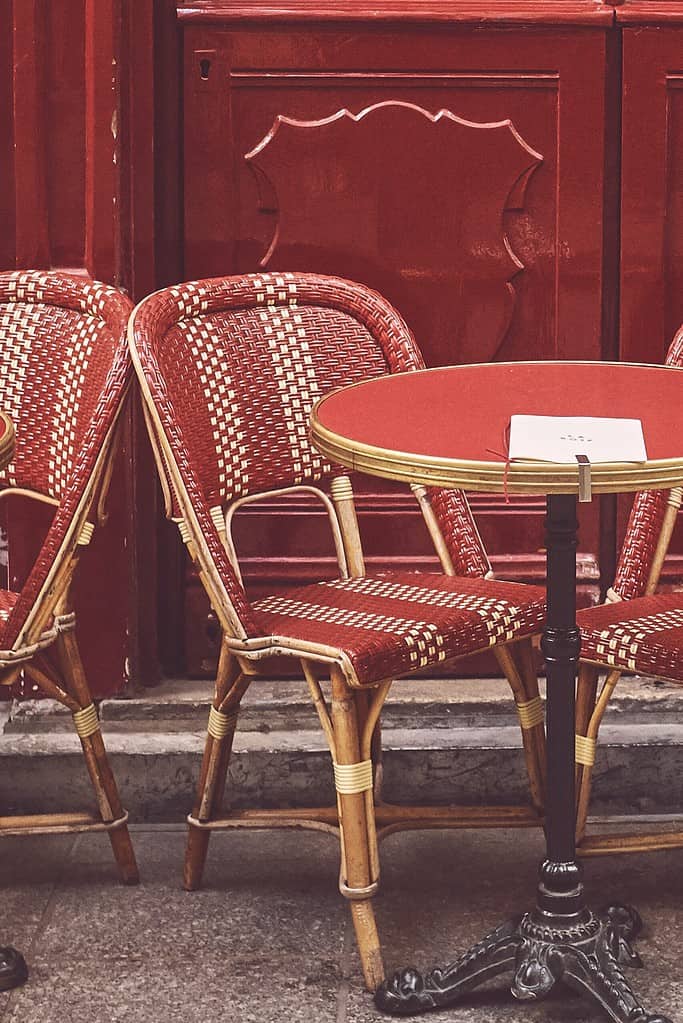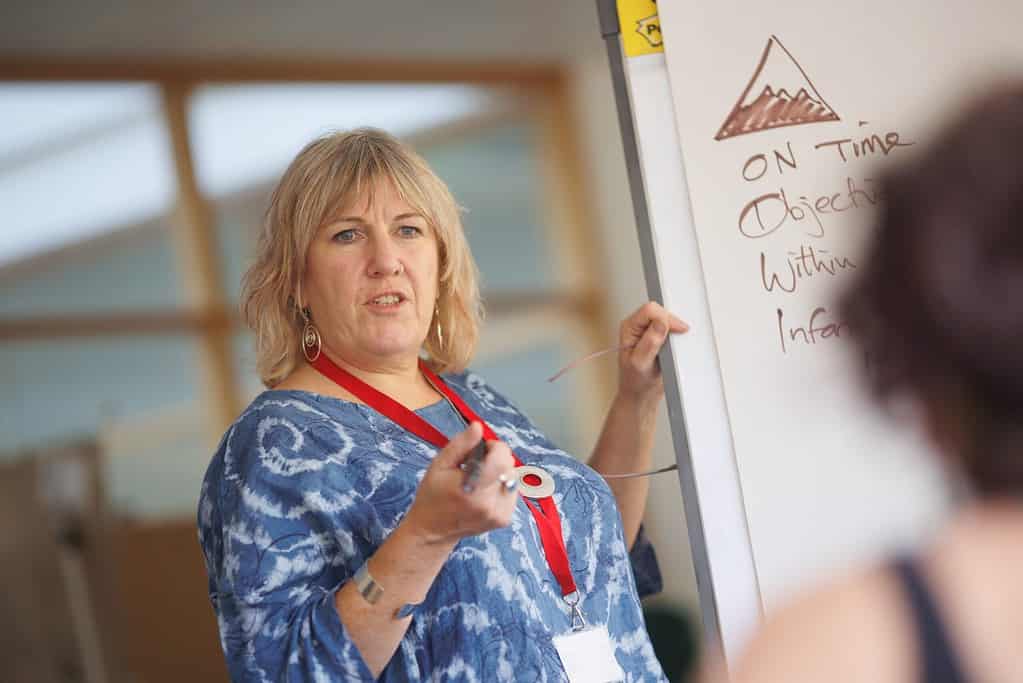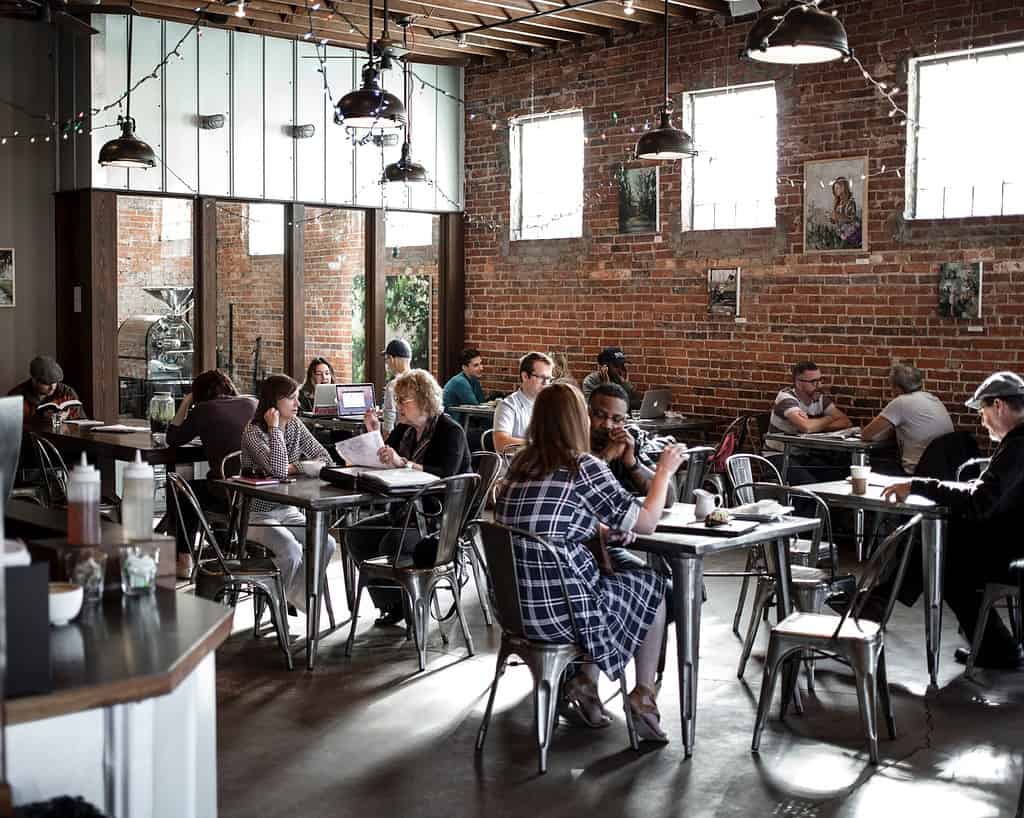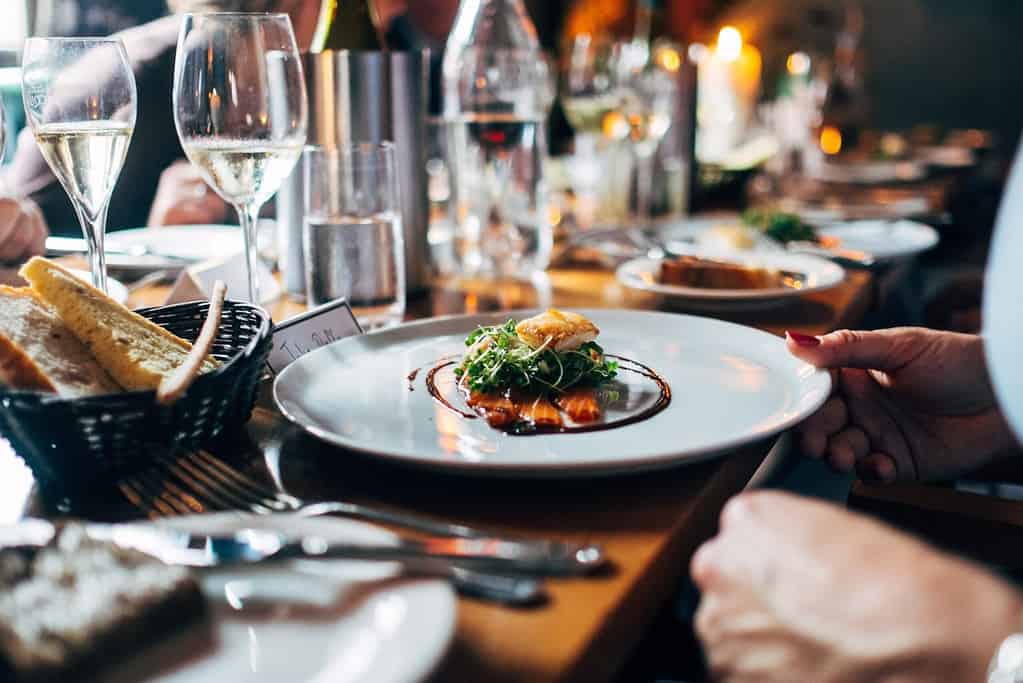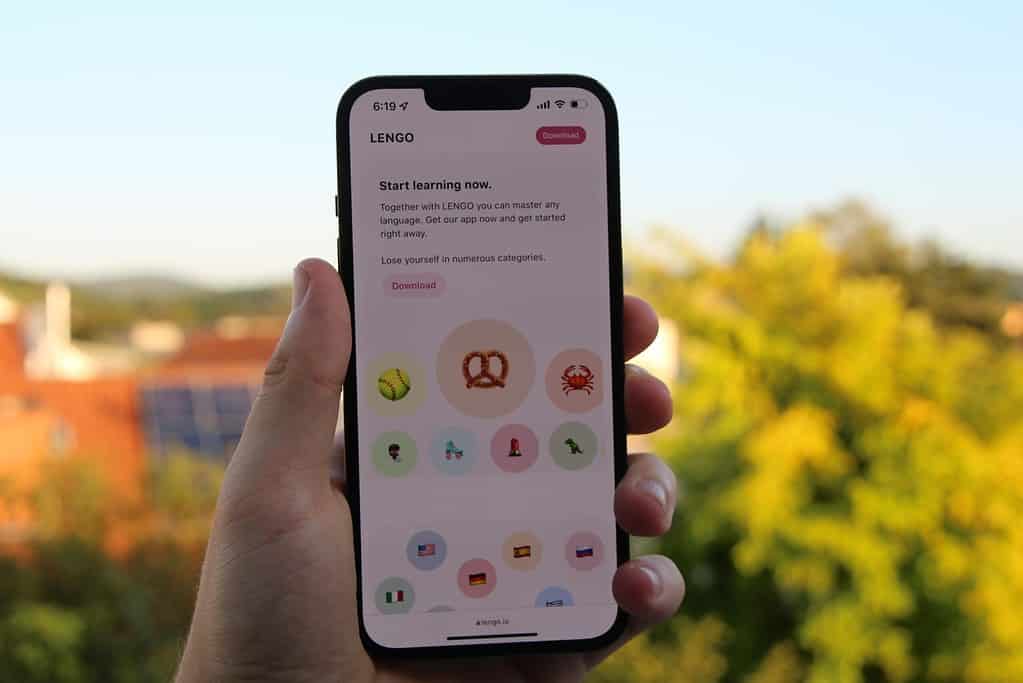Learning French while tending to a garden might sound like an unusual pairing, but it could be just the perfect recipe for nurturing both your linguistic skills and your green thumb. By combining language learning with gardening, you not only get fresh air and physical activity, but also a unique way to memorize vocabulary contextually, process French cultural tidbits, and even practice real-life conversation with a native speaker through platforms like swaplang. This journey demonstrates that sometimes the best educational moments bloom when you least expect them.
The Benefits of Combining Language Learning with Gardening
Diving into gardening while learning French offers a sensory-rich and interactive environment that perfectly complements the language acquisition process. When you are outside among fresh produce and fragrant flowers, vocabulary comes alive as you label tools, plant names, and natural phenomena in French. This method of contextual learning makes it easier to remember words and phrases, and builds a natural association between language and everyday activities. Consider the benefits of combining regular physical work outdoors with conversational practice. The fresh air helps clear your mind, making it easier to absorb new vocabulary, and the repetitive nature of garden work reinforces learning through repeated exposure. For example, when you learn hands-on words like “la pelle” (the shovel) or “le râteau” (the rake), you create mental images that help solidify your memory.
This immersive approach is also supported by experts in the field, such as those from French Gardening Vocabulary | FrenchLearner who provide specialized vocabulary lists to help you get started. Additionally, the renowned landscape architect Jacques Boyceau, whose work is documented on Wikipedia, reminds us that gardening is as much about art and culture as it is about science. By integrating these aspects, you not only learn the language but also gain insights into French aesthetics and traditions.
Essential French Vocabulary for Gardening Enthusiasts
One of the first steps in making the most of gardening as a language learning tool is to develop a strong vocabulary foundation. Start by learning the names of common plants, tools, and garden-related tasks. Naming flower types like “la rose” (rose) or “le lys” (lily) and tools such as “le sécateur” (pruning shears) transforms your ordinary gardening session into a lively French lesson. You can also expand your vocabulary with adjectives to describe textures, colors, and sizes that you see in your garden, such as “vert” (green), “florissant” (blooming), and “petit” (small).
For those looking for detailed vocabulary lists and more advanced terminology, resources like Learning French with Parisian Garden Designers – Talkpal offer excellent insights. These sources provide practical examples and usage in typical garden scenarios, making it easier for you to recall the phrases when needed. It is one thing to study vocabulary from a textbook; it is another to see it come to life as you water your plants and trim hedges, actively incorporating new words into your daily routine.
Practical Tips for Engaging in Garden-Based Language Practice
To truly integrate gardening with French language practice, create routines that encourage speaking, listening, and writing. Start by labeling items in your garden in French using small, weatherproof signs. This constant exposure reinforces learning in a natural and stress-free setting. Next, consider recording short audio notes in French as you work—these could be descriptions of your tasks or even just musings about the day’s weather. It turns everyday activities into mini language lessons you can later review.
If you prefer a more interactive approach, invite a French-speaking friend or language partner—perhaps someone you met through swaplang—to join you for a gardening session. Conversing about your plants and progress in French not only builds vocabulary but also enhances your conversational confidence. Combining hands-on gardening with these communication exercises creates a unique blend of active and auditory learning. Experiment with different gardening projects, like growing herbs that could later serve as ingredients for a French recipe, intertwining language, culture, and culinary skills.
Selecting Plants and Projects to Enhance Learning Experiences
Choosing the right plants and projects can further enrich your language study journey. Opt for projects that naturally lend themselves to detailed descriptions. For instance, planting a small herb garden featuring “le basilic” (basil) or “la menthe” (mint) provides endless vocabulary opportunities—not only for naming the plants, but also for describing their scents, growth patterns, and uses in cooking. More complex projects such as building a vegetable garden or designing a flower border invite you to learn action-oriented vocabulary related to planning, building, and maintaining a space. Each task becomes an opportunity to practice instructions and commands in French.
Additionally, try to incorporate seasonal projects, where the language changes with the cycle of planting, tending, and harvesting. This cyclical process offers repeated, natural reviews of vocabulary and conversational phrases. By selecting projects that have visible and measurable evolution, you create a living timeline of progress in both your garden and your language ability. This approach mirrors the advice given in exploring garden-based learning techniques, which encourages language learners to grow alongside their language skills.

Personal Stories from Gardeners: Language and Learning Transformations
Some of the most inspiring learning moments come from personal experiences. Numerous language enthusiasts have found that the calming routines of gardening work wonders on their ability to absorb and retain French vocabulary. Imagine a scenario where a learner begins each morning by tending to a rose bush while reciting a list of adjectives that describe the varying shades and textures of the petals. Over time, these small practices lead to significant improvements in pronunciation, fluency, and even cultural insight.
Many have shared these anecdotes on various learning platforms, finding that the physical engagement in nature makes abstract grammar rules tangible. For example, one language partner recounted how discussing garden layouts in French not only boosted vocabulary but also opened up a dialogue about French landscape design traditions, connecting them to historical figures like Jacques Boyceau. These kinds of immersive encounters demonstrate how bridging two interests—language learning and gardening—can lead to profound personal transformations. Such narratives inspire others to experiment with similar approaches, merging their hobbies with practical language practice in creative and enjoyable ways.
If you’re curious to explore more immersive ideas, consider reading related articles such as innovative gardening techniques for language practice and dive into stories where learning French felt as natural as nurturing a seed into full bloom.
Ready to cultivate a new way of learning French? Embrace the garden as your classroom and let your French language skills flourish alongside your plants. Sign up for a free trial on swaplang today and connect with native speakers who can guide you on this enriching journey. Happy gardening and bon apprentissage!




